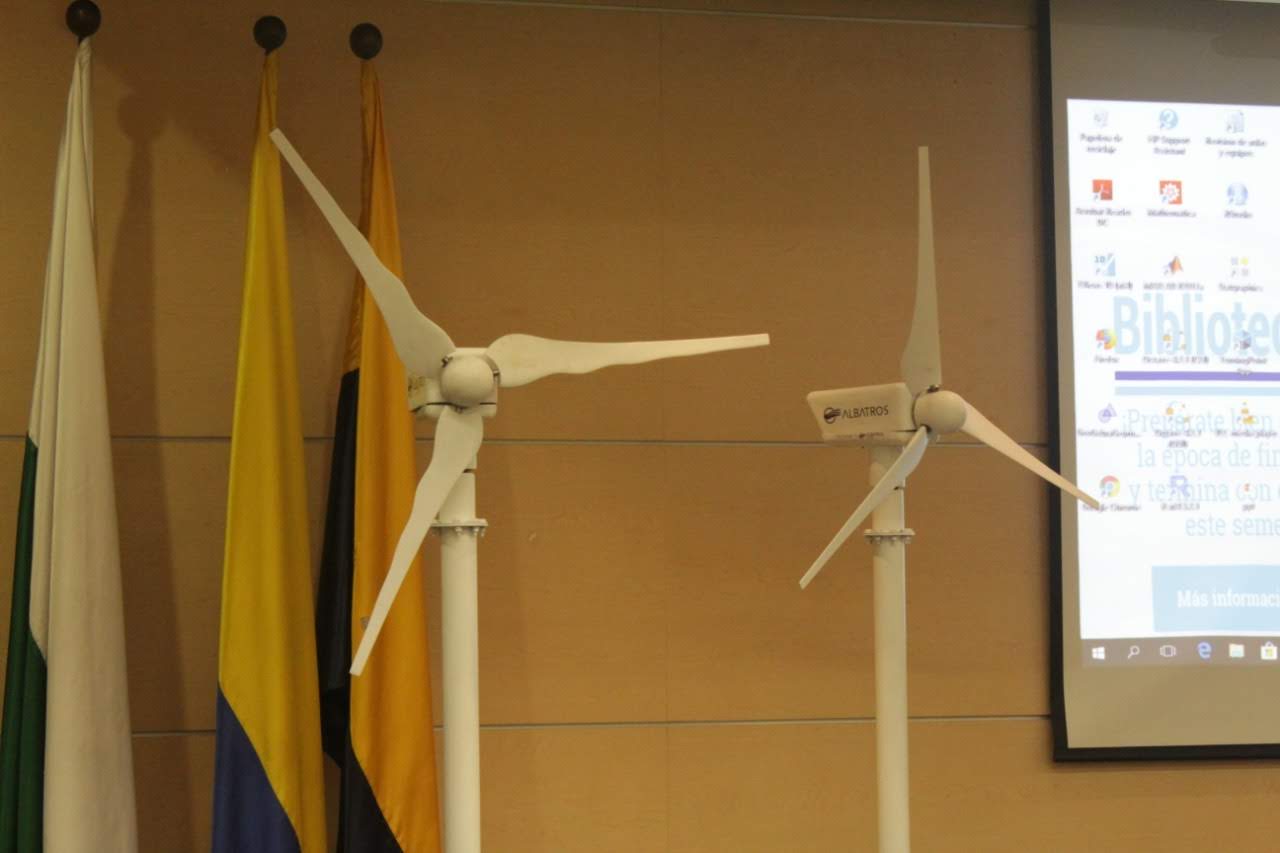The project proposes the development of new solutions for a sustainable multimodal transportation system, taking into account the travel patterns and transportation needs of intermediate cities, according to the development and adoption of efficient generation and consumption technologies, to evaluate the impact of such system when considered as a prosumer node of sustainable multimodal mobility, which serves for analysis as a prosumer node (producer and consumer of energy) and its interaction with the network.
This project is developed in 3 categories: P2: Sustainable buildings, P3: Sustainable mobility, and P5: Innovative Technologies, therefore, it analyzed terrestrial, fluvial, and charging station solutions through simulation models of an eventual massive implementation, to evaluate the operation schemes and the possible interaction with the electric grid, understanding it as a prosumer node.
This led to the development of a hybridization kit for low displacement street-type motorcycles, a high-speed solar electric river boat for public transportation remote monitoring to feed a planning and operation model of the multimodal prosumer system.
P2: Sustainable buildings
The project has as its objective to develop “living labs”, small residential-capable buildings where new sustainable construction technologies could be developed and tested. The breakthroughs in this project have been: the design of a sustainable modular residential building capable of hosting a small Colombian family and fulfilling all their needs, the development of a solar brick that works both as a construction material and an energy generation unit, the customization of fridges to further improve their efficiency with the use of thermal batteries, the development of a monitoring system capable of compiling all the data regarding the generation and consumption of energy in the living labs and finally the design of a simulation tool made to optimize in-building comfort.
One of the living labs was built on EAFIT’s Llanogrande campus. A third of its main facade was built using the developed solar brick and is expected to generate as much as 1.2 kWh of energy per day, being capable of supplying enough energy to use all the internal lighting and some small home appliances. As shown in the picture below the bricks are made of clay and additionally, their shape makes it possible for them to be manufactured using the same machinery that is already present in factories all around the country.
Additionally, a photovoltaic system, wind turbine (developed by P05), and energy storage system will be installed in this living lab to make it energetically auto-sufficient. Typical Colombian Home appliances such as a heater, fridge, fans, blender, television, and electrical oven will be installed in the living lab to validate the autonomy and real-life viability of the developed technologies. The monitoring system has already been tested on residential homes and will be installed in the living lab to capture data and have real-time information on its energy balance. The gathered data will be used in the future to train machine learning algorithms capable of managing the energy flow in the building and further improving its efficiency. It is expected that this model house and the products developed around it will be key to the country's transition to renewable and sustainable construction.
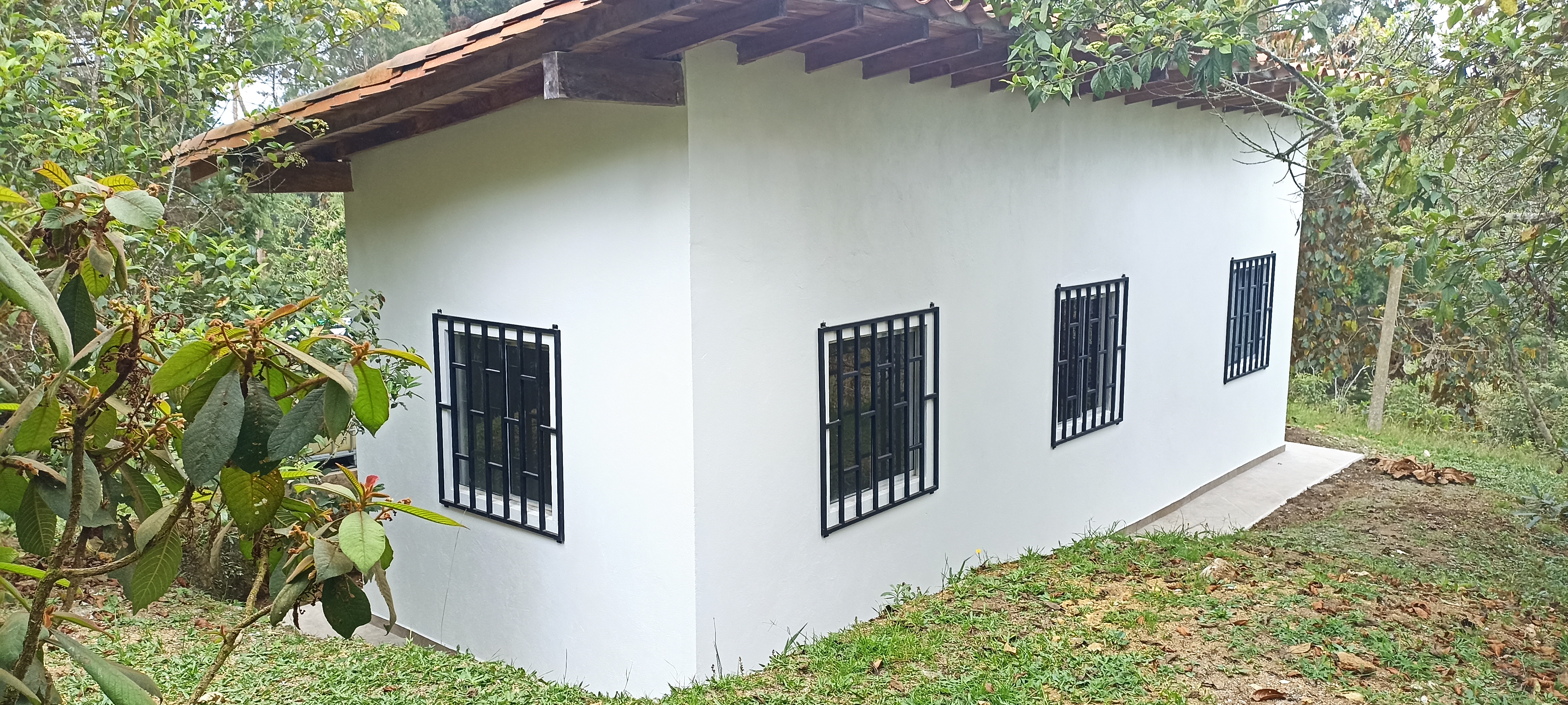
P3: Sustainable mobility
SERENA
This project is based on the technological development of an electro-solar river boat for passenger transport that uses electric energy stored in a battery pack for its displacement and has a hybrid charging system that allows solar energy and recharging through an electrical connection to the grid.
The solar-electric riverboat, named Serena, is the result of the sustainable mobility project of the Energy 2030 research program.
The project started in May 2018 and the boat was first tested on the La Fe reservoir in November 2022. So far, 4 hours of testing have been performed.
<>The development of a sustainable vessel arises from the need to think of a sustainable multimodal transportation system for the different developing regions of the Colombian territory where an energy transition can be implemented to reduce polluting emissions to the environment and the use of non-conventional renewable energy sources. This container becomes an alternative solution to the need to mitigate greenhouse gas (GHG) emissions.The boat is of monohull type, where a commercial hull of typical use in rivers was taken which was specifically adapted to house the new components that are part of the electro-propulsion, has a carrying capacity of 12 people with an average weight of 80 kg including the captain of the boat.
The hull of the boat has a novel contribution around the arrangement of its interior to house the battery packs and other components that must be installed when making use of the new propulsion technology and in which custom designs have been proposed for the deck taking into account aspects such as tightness, safety, stability, ergonomics, and energy storage, understanding the latter as the most crucial component to ensuring the proper operation of the boat. Its internal distribution is designed according to the location of the components of the energy storage system, so it has 4 bench benches and 4 compartments on the floor of the boat where the batteries are located; This distribution, in addition to providing sufficient space for the location of the load cells, also ensures the stability of the boat, which is directly linked to the safe operation of the same, on the benches-frames are located the seats for passengers, seeking to optimize the use of space and meeting the ergonomic needs of passengers, which is why the access stairs and the control panel also have a custom design.
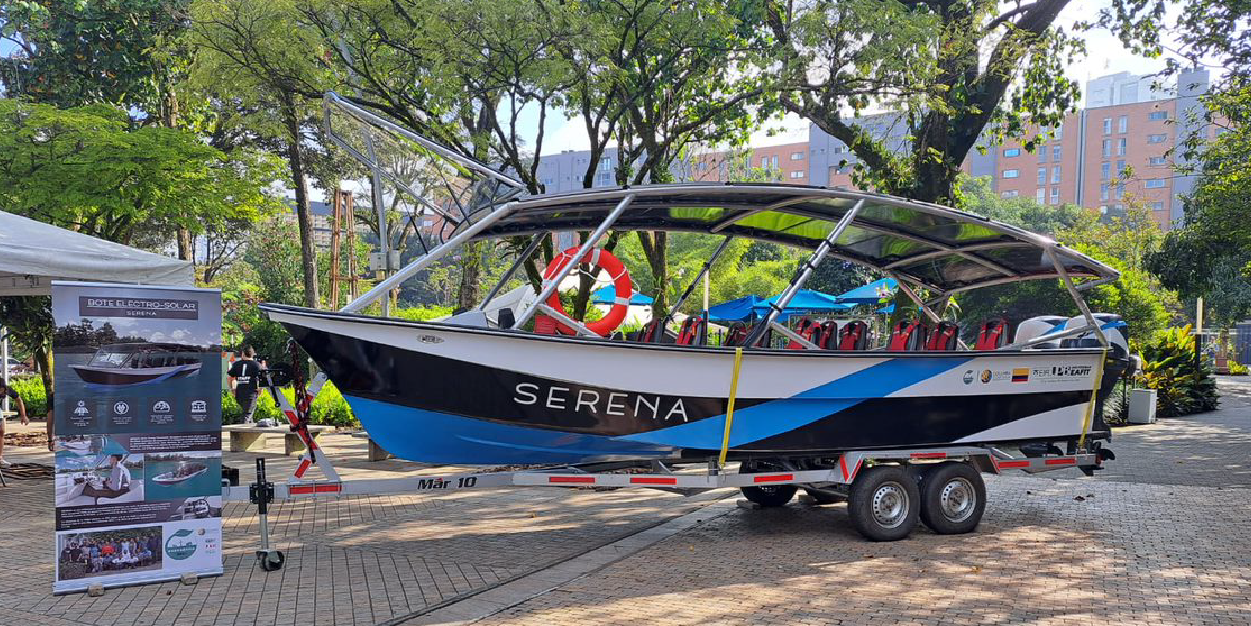
The use of solar energy is achieved through the implementation of photovoltaic solar panels located on the roof of the boat and specially designed to adapt to the curved geometries of the normally aerodynamic design of vehicles and boats. For the development of solar panels, a process of manufacturing and curved lamination of high-efficiency cells has been developed based on the selection and use of resins and silicones as encapsulating agents that provide mechanical properties and flexibility to the solar cells allowing them to adapt to the required curved shapes, thus configuring the VIPV (Vehicle Integrated Photovoltaics).
For its propulsion, it has two outboard engines located at the rear of the boat. The engines have been converted into electric motors through a retrofit process called "retrofit" in which the combustion engines that originally had these architectures have been eliminated. Through the mechanical design of a transmission system, the adaptation of permanent magnet electric motors used in the automotive industry (land vehicles) has been carried out. The transmission system has been specifically developed to make efficient use of energy, which is a very important technological development in optimizing the powertrain. It should be noted that this design is based on a commercial motor architecture and that it can be scalable to other brands and other power ranges when the design needs require it.
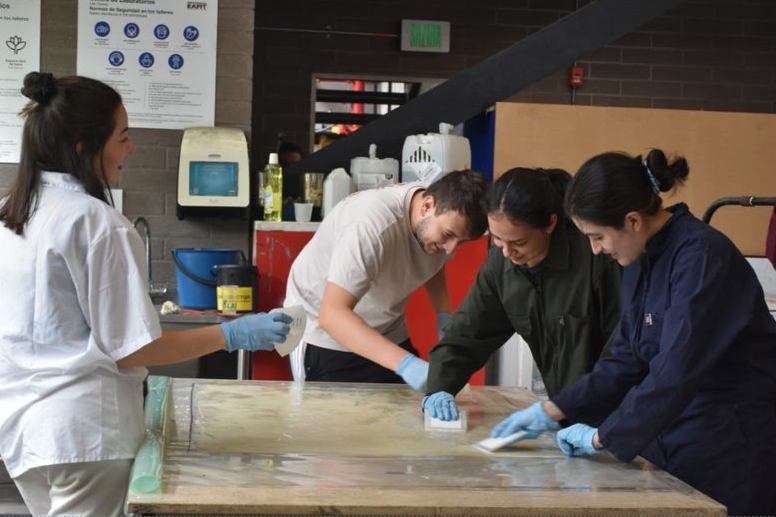
SOLARE - CEIBA
The SOLARE project is an initiative that seeks to solve the need for charging infrastructure in the cities of Colombia, due to the increase of electric and/or plug-in hybrid vehicles. The "ERNERGÉTICA 2030" research program has developed this station as part of its sustainable mobility project, seeking alternatives that promote energy transition in the country.

The station has an innovative design composed of a base, a 4m high pole, and a panel support structure. It has an array of panels consisting of 8 photovoltaic modules of monocrystalline technology with an installed load capacity of 4.28kW to generate 15.3kWh per day. The panels are installed on a mobile pendulum structure to orient the panels in the direction of the sun to increase generation at certain times of the day. The mechanical movement of the structure is done through a linear actuator.
The 21m² panel area creates a shade, which turns the charging station into a cool, livable, and welcoming space. In addition, the lower base has a perimeter bench to accommodate 12 people and electrical outlets to connect and charge electronic devices while a vehicle is in the process of charging.
The interior of the base has two electrical cabinets, a control, and power. The control cabinet is in charge of the entire photovoltaic generation process, it receives the energy generated by the solar panels, and the array of panels is connected to an MPPT (Maximum Power Tracker) module to obtain the maximum electrical power generated by the panels. Also, the MPPT output is in charge of supplying power to the 48V storage system, which consists of 4 batteries each of 12V 250Ah. The power cabinet has a 5KVA inverter, which is in charge of converting the direct current supplied by the batteries to alternating current for domestic consumption.
Finally, the station has an electric charging rack for electric bicycles and motorcycles, which can charge up to 3 vehicles of this type simultaneously. In summary, SOLARE is an innovative and sustainable solution to the growing demand for charging infrastructure in Colombia.
VOLTAI-K
VOLTAI-K arises from the need in Colombia to address the zero-emission energy transition with land mobility. The project was developed under the "ENERGY PARTNERSHIP 2030" framework.
60% of the vehicle fleet in the country corresponds to motorcycles, and of these more than 80% are within the STREET category (between 100 cc and 135 cc); with little participation of electric motorcycles, mainly due to the high initial investment cost and the user's need to not depend on the vehicle's load, since in Colombia motorcycles are used as a work tool. Under this premise, VOLTAI-K is developed as a conversion kit for motorcycles, which, through minor modifications, transforms the motorcycle into a hybrid vehicle.
The kit is composed of three main systems. First, there is the transmission with the combustion engine, for which a 3 KW HUB type electric motor (versions with an output torque of 170 N.m and 190 N.m) is installed on the rear wheel of the motorcycle, to which a coupling is assembled with the original chain transmission of the motorcycle; this allows the electric motor to make contributions for the displacement of the motorcycle without dragging the main transmission. The second system is the energy storage system, which consists of a structure similar to a luggage rack which is the interface for the assembly of the batteries (each of 35.2V 17.5Ah) on the sides of the motorcycle, one on each side. For future versions of the kit and thinking about its commercialization, the idea is to propose a "battery swapping" model, in which the user does not have to buy the batteries, since they are the most expensive component, and a third party will regulate their use by the end consumer. Finally, there is the control and information system, which decides what percentage of the electric motor helps the combustion engine (ICE) transmission. To do this, a series of sensors are installed in the motorcycle that include ambient temperature, atmospheric pressure, ICE oil temperature, gearbox position, and ICE speed (RPMs), together with variables that are extracted from the electric motor and batteries, such as current, voltage, HUB motor speed. These feed the hybridization kit controller that establishes different management strategies for the motorcycle, which according to the values that these variables take and the user input (throttle value) determines the ideal contribution, seeking to relieve the ICE load in the ranges of lower efficiency that generally occur when starting with low speeds and low gears
In summary, VOLTAI-K seeks to help the development of the transportation sector and its impact on the environment. In order not to continue increasing the vehicle fleet, looking for alternatives on how to modify it to extend its use and environmental performance, while the conditions and infrastructure for total electrification are being propitiated.
P5: Innovative Technologies
The main objective of P5 is to develop innovative technologies adapted to the local context to generate clean energy at competitive prices, taking advantage of Colombia's great potential in terms of renewable energy.
To this end, the following is proposed
- To carry out constant technological surveillance to identify the most cost-efficient components for both solar photovoltaic and wind energy generation. This allows us to be aware of the latest innovations and technologies available in the market and to select the components that best suit the needs of the project, ensuring clean energy generation at competitive prices.
- Develop efficient components for wind turbines adapted to the specific conditions of the Colombian context. Ensuring optimal performance of wind turbines, since climatic and geographical conditions can vary considerably from one region to another in Colombia. With this objective, we seek to optimize the generation of wind energy in each of the areas where the wind turbines are installed.
- Design systems to improve the collection of photovoltaic solar energy, based on the development of innovative technologies that allow greater efficiency in the collection and conversion of solar energy into electricity. In this way, we seek to maximize the generation of solar photovoltaic energy in Colombia and take advantage of the great potential that this country has in terms of solar radiation.
- To develop cost-efficient manufacturing processes for solar photovoltaic and wind power generation components that reduce the production costs of electricity generation devices and make them more accessible to the population, especially to the most vulnerable communities that do not have access to electricity.
- Validate the functionality of new power generation components in real operating conditions to test the effectiveness and efficiency of new power generation devices in real situations, and adjust them if necessary to ensure optimal power generation.
The projects realized by P5 are:
Anti-reflective texture for solar panels
Within the framework of the project, a silicon anti-reflective coating was developed to improve the performance of conventional solar panels, to take advantage of the sun's rays that do not arrive perpendicular to the surface of the panel, which is more than 90% of the time, thus generating a cost-efficient and simple to implement the solution. With the development of the texture, both simulations and experimental validation were performed.
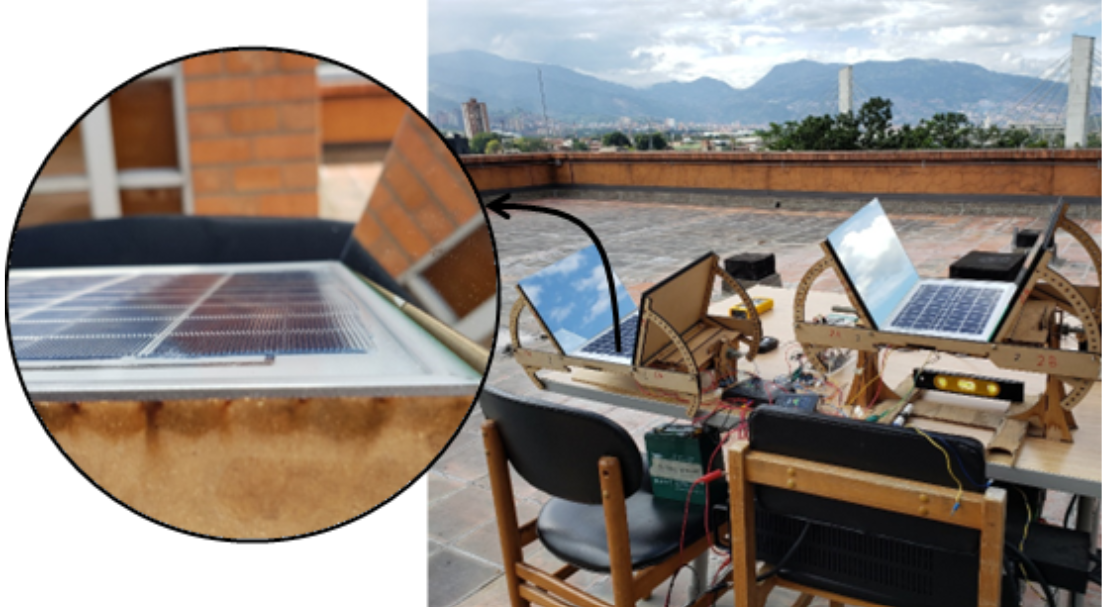
Regarding the simulation, the results obtained represented the performance of the textures in the photovoltaic concentrator, where the simulation with silicone texture at 45° increases on average by 4.4 %. On the other hand, the 60° texture increases by 4.5 % in the horizontal photovoltaic concentrator, obtaining point values in the simulation of increases of up to 8.5 % in the case of RTV silicone for an angle of incidence of 30°. In the simulation of a photovoltaic concentrator in a vertical position, an average increase of 2.75 % is found for the 45° texture, compared to the 60° texture where an average value of 4.52 % was reached for RTV silicone. In this simulation, significant differences were found between the two textures. For the highest values, the 60° texture obtained improvements of 19.04 %. However, in the case of the 45° texture for angles from 40° to 90°, the efficiency increases were close to 0 %. Something important to add to the simulations is the performance of the tests with diffuse irradiance where it continued to show positive behavior, where for the 60° texture, an efficiency increase of more than 5 % was obtained in the case of the Silicones applied to the horizontal concentrator. For a vertical panel, values higher than 6 % were obtained, where the use of textures improves the efficiency of the panels but also becomes dependent on the angle of incidence of the rays.
Through experimentation, improvements in Normalized Efficiency of more than 5 % were evidenced for the 60° texture during the daytime data. For the 45° texture, there was an average improvement of 2 %, with similar behaviors in terms of solar angle with the 60° texture. For 60 % of the measurements with the 45° texture, there were different statistical groups where the use of the texture improves performance, while for the 60° texture, there were more than 80 %. However, as the main result, and with a significant trend for the simulations, the 60° texture performed better than the 45° texture.
BICPV
This project aims to take advantage of the vertical surfaces of buildings through the use of photovoltaic systems aided by concentrators, in this case, mirrors that redirect the light to capture more energy from the sun so that the solar panel can convert more of this energy into a greater flow of electricity. This project also seeks that the solution is aesthetically adapted to the facades of buildings as it was found within the problem that solar panels do not have a great acceptance by users as a finish of a building.
Based on this, different tests were carried out to compare the performance of the vertical concentrator with certain reflective materials (mirror, white paint, and PVC).
The mirror was at least 61% better in all tests than the vertical panel. The paint was 41.8% better than the vertical panel. And PVC was 33.8% better than vertical. Although the mirror has a better average generation (8% better than the other two concentrators), it belongs to the same statistical group as PVC and paint.
The simulation and the results agree that the mirror reflector has the highest efficiency and the vertical panel has the lowest. But the efficiency percentage is different. The experiment results show that the mirror reflector is 78% better than the vertical panel, while in the simulation the mirror reflector is 181% better than the vertical panel.
Albatros
Albatros is a project that was born with the idea of taking advantage of the wind resource of Colombia, specifically one of the projects that were developed was the design and manufacture of a wind turbine for low wind conditions using as a case study EAFIT Llanogrande. For this, 2 turbines were manufactured with all their mechanical components, where the novelty of the project is highlighted in the proposal to implement a biomimetic geometry (Wavy Leading Edge (WLE)) in one of the turbines to compare whether the performance of this is better than a conventional turbine.
With this, some experiments were carried out in which the angle of the blades was broken to start and the energy generated by each one of them was measured. The first observation was that for an angle of attack of the first section of 15.44°, none of the turbines was able to start or maintain rotation. This could be explained by the airflow used could be completely turbulent. However, when changing the angle of attack, the turbine with WLE obtained a better performance considering that for angles greater than 27° it can maintain rotation, and for angles of attack greater than 33° it starts by itself, unlike the conventional blade that at no time can overcome inertia and start by itself.
Another important result is that, in terms of energy generation, the turbine with WLE always generated more energy than the conventional turbine, where there was an improvement of more than 20% in all tests.
